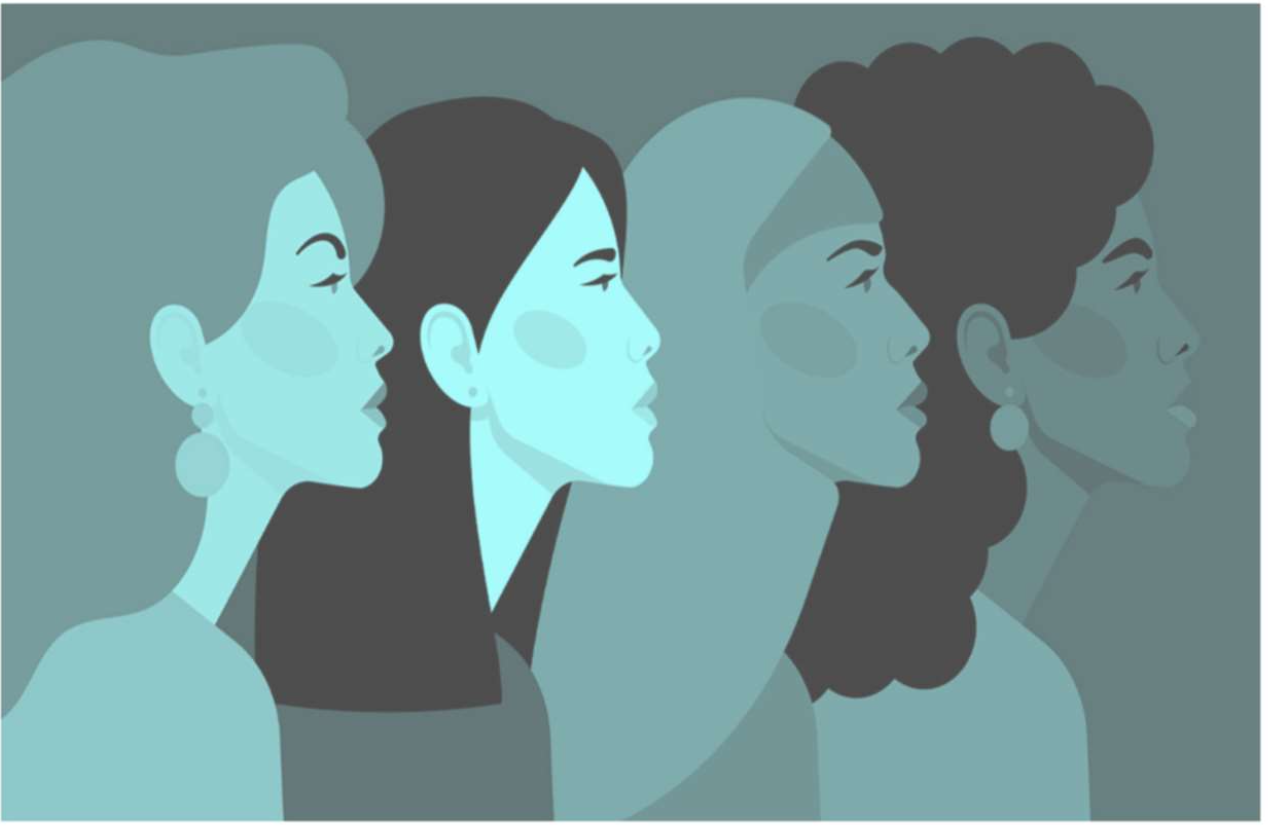WASHINGTON, DC – Over fifteen and a half million women are living in poverty but, as a briefing paper released today by the Institute for Women’s Policy Research (IWPR) shows, the number of women receiving public assistance is much smaller. Further, the distribution of supports varies a great deal depending on the region and the state, so that poor women in some parts of the country are much less likely to get help than in others.
“Women in Poverty During the Great Recession”
analyzes the most recent American Community Survey data from the U.S. Census Bureau, finding that in every state a large number of adult women who live in poverty are not receiving help through benefit programs. Focusing on food stamps, heath coverage, and cash assistance, IWPR finds that the rates of adult women in poverty during the recession who are not receiving assistance vary among different public programs and across the states and regions.
Although 10.6 million adult women in poverty have either public or private health insurance, another 4.9 million are not covered. For nutrition support, 5.9 million women in poverty use food stamps, but 9.6 million do not. Meanwhile, fewer than 750,000 poor adult women with children receive cash aid through TANF (Temporary Assistance for Needy Families) while 5.4 million do not.
The largest observed gap relates to the TANF program: 88 percent of impoverished women with dependent children are going without that support. Across the states, the percent of women who do not have cash assistance through TANF ranges from the best, at only 60 percent in the District of Columbia, to the worst, at 96 percent in Louisiana.
Health coverage and food stamps reach more women in poverty than TANF, but still leave many uncovered: nationwide, nearly one‐third of women in poverty are without either public or private health coverage and 62 percent of poor women do not receive food stamps. The variation across the states is much greater in health coverage than in nutrition support. In Massachusetts, the best state, only 8 percent of poor women are without health insurance, while in Texas, the worst state, 50 percent of poor women have no health coverage. For food stamp benefits, 44 percent of poor women lack that support in Maine, the best state, while 77 percent go without that assistance in California, the worst state.
“Especially during an economic downturn, the social safety net needs to be stronger to help prevent families in poverty from sinking even further,” said
Dr. Jane Henrici
, a study director with IWPR. “During these hard economic times, public assistance programs should support poor women and their families, but too many are not receiving any kind of help at all.”
The report was prepared with support from the Annie E. Casey Foundation, the Ford Foundation, and the Rockefeller Foundation.
The Institute for Women’s Policy Research (IWPR) conducts rigorous research and disseminates its findings to address the needs of women, promote public dialogue, and strengthen families, communities, and societies. The Institute works with policymakers, scholars, and public interest groups to design, execute, and disseminate research that illuminates economic and social policy issues affecting women and their families, and to build a network of individuals and organizations that conduct and use women‐oriented policy research. IWPR’s work is supported by foundation grants, government grants and contracts, donations from individuals, and contributions from organizations and corporations. IWPR is a 501 (c) (3) tax‐exempt organization that also works in affiliation with the women’s studies and public policy programs at The George Washington University.


